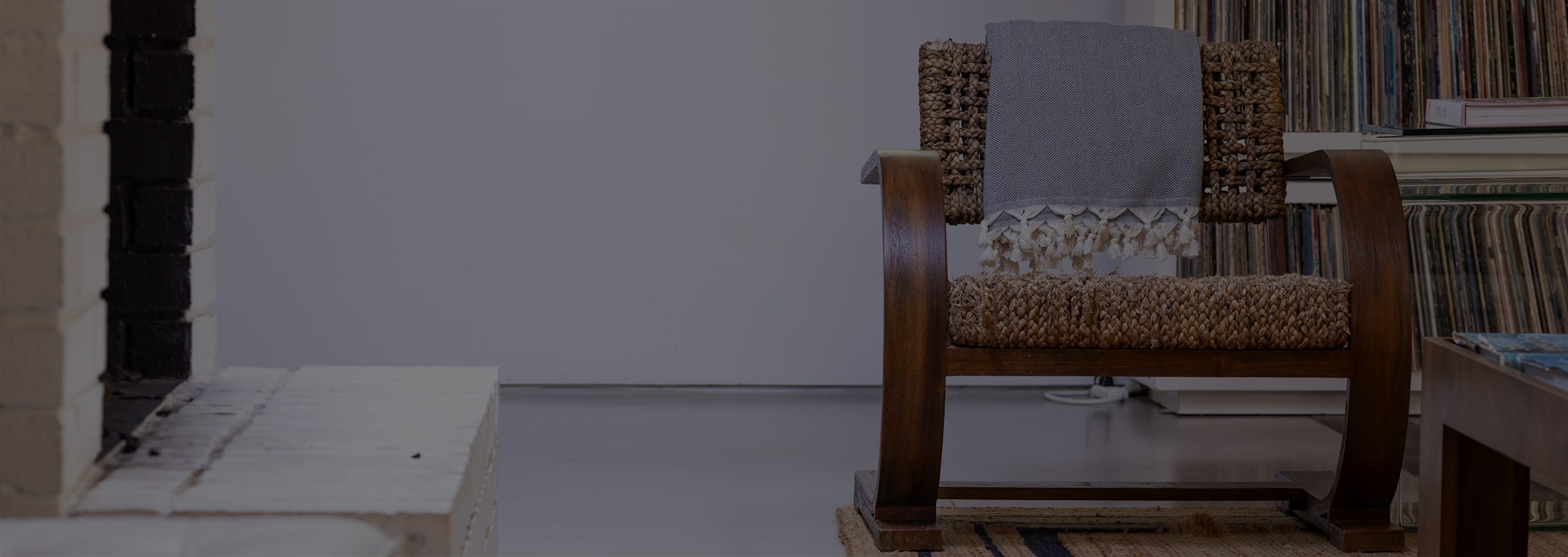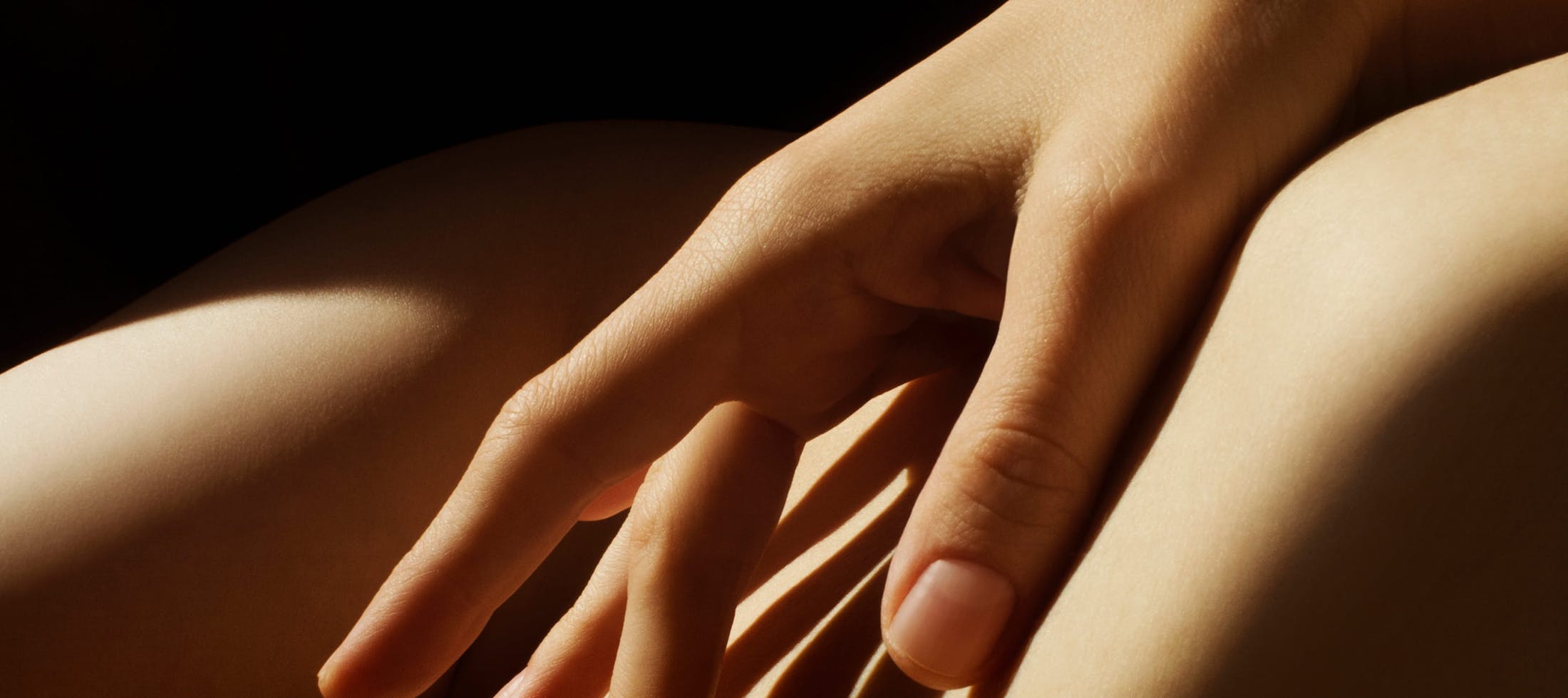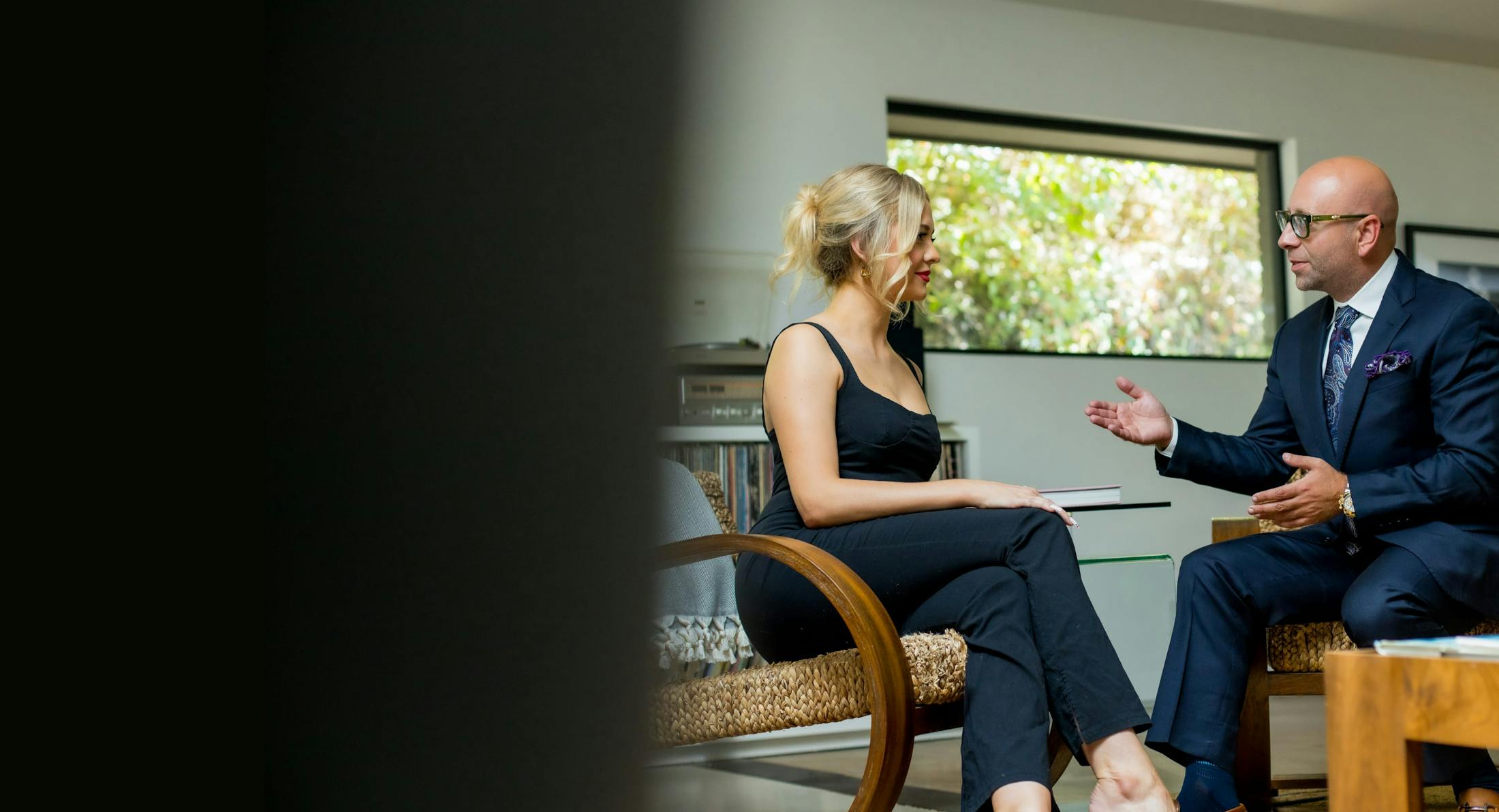Reduces risks associated with implants – DIEP flap surgery can eradicate the risk of complications that comes with conventional reconstruction, including capsular contracture, rupture, BII (Breast Implant Illness), and the need for revision surgery down the line.
Creates natural-looking contours – DIEP flap breast reconstruction provides soft, rounded, and symmetrical breasts that look and feel authentic. The DIEP flap’s strong blood supply and safeguarded abdominal nerves translate to enhanced sensation in the transferred materials.
Preserves the stomach muscles – DIEP flap surgery typically does not interfere with the patient’s stomach muscles. Tiny blood vessels are detached with the DIEP approach to support the transplanted skin and fat, but the muscle remains intact. This muscle-sparing technique also lowers the risk of hernias after surgery, promoting a quicker, less painful recovery.
Enhances self-esteem and a positive body image – Undergoing a mastectomy can be a deeply distressing experience. DIEP flap breast reconstruction helps women to regain their sense of femininity, beauty, and confidence and feel more at ease in their old clothes. It can make them feel whole again knowing their breasts are made from their own body tissue rather than a synthetic substance.
Well-placed incisions and scars – Scarring with the DIEP flap is more favorable than with most other types of flaps, as the incision marks can be concealed with clothing or the bikini line after surgery.
Long-lasting results – Implant reconstruction usually requires that the implants be replaced every 10-15 years and that patients undergo regular screenings. DIEP flap surgery uses the patient’s own tissue to recreate the breast mounds, so there is no need for additional surgeries or maintenance.





